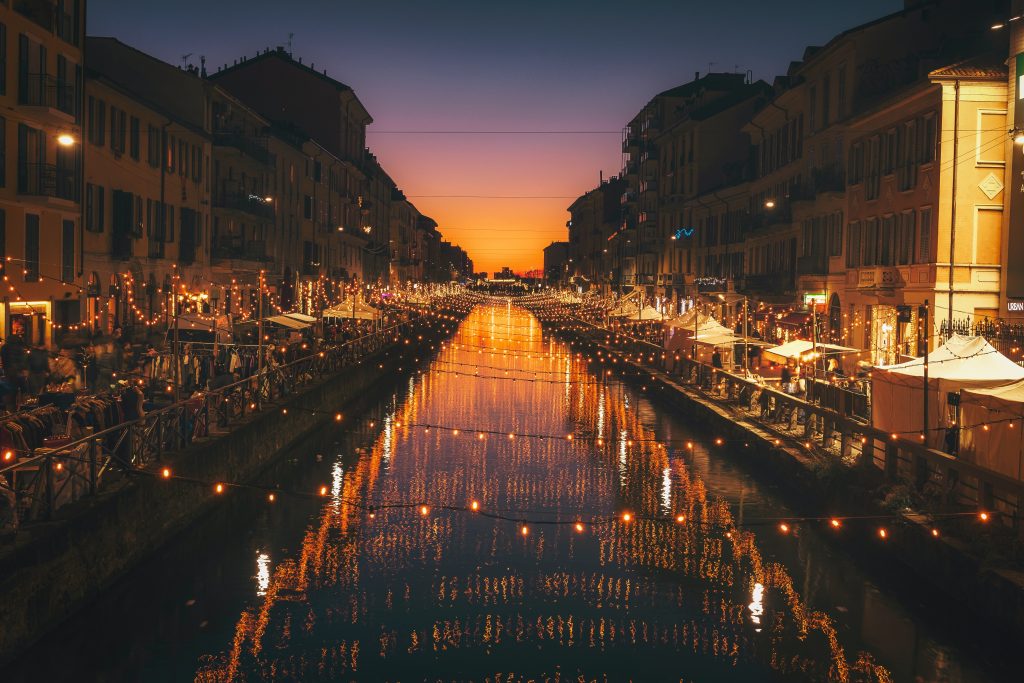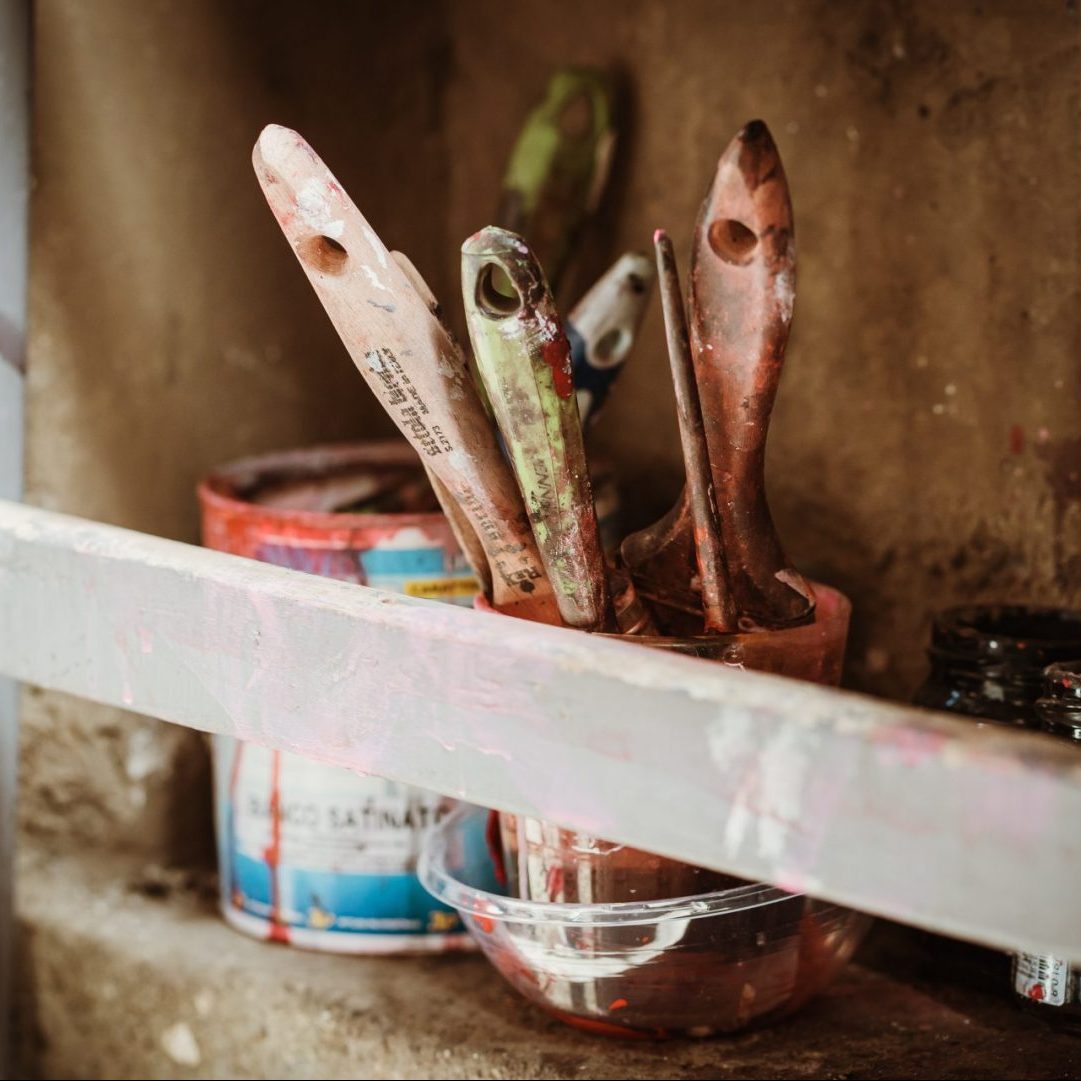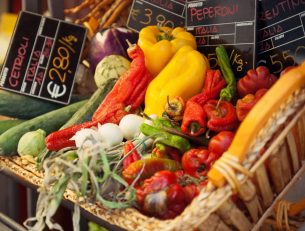We’ve just passed Easter here in the UK, and we have no doubt that you’ve more than had your fill of lamb, hot crossed buns, and chocolate Easter eggs.
In this article, we’re going to take a look at the traditional holiday foods eaten in one of the culinary capitals of the world – Italy. What does a country that’s known for stunning pasta, incredible rustic stews and world-class wine eat when Christmas rolls by?
In this article we’ll explore some Italian food traditions that have been tweaked, altered and perfected over generations, resulting in stunning dishes you may never have even heard of.
What do Italians Eat for Christmas?

Christmas dinner for Italians is a big, big deal. You might find families sat down for up to 6 or 7 hours, enjoying the greatest feast of the year. As well as holiday classics and regional variations on the menu, each Italian family will have its own traditional recipes, making no two Italian Christmas dinners the same.
Italian Traditions on Christmas Eve

It’s also worth bearing in mind that Italy is a strongly Catholic country, and on Christmas Eve it is prohibited to eat meat. So, naturally, the 24th December is when you’ll find most Italian families eating a seafood banquet that could comfortably sink a sardine fishing boat.
Think calamari, octopus, small fried fish, and fritto misto in the south and on the coast, and salted cod or sometimes even eel in the north. Then pasta – clams with spaghetti, lobster linguini, you name it, before you begin to tackle whole roasted fish and potatoes when you feel as though you’ve just about seen enough fish to last you a lifetime.
Italian Traditions on Christmas Day

Italy’s cuisine has generally evolved from a time where people had to get creative with a few simple ingredients because once, many couldn’t afford to buy a huge amount of food. That was not, and is still not, the case in Italy today.
Christmas day in Italy has always been about putting money worries aside and going big – seriously big. When you ask what Italians eat for Christmas, the list you’ll get will be alarmingly long.
The day kicks off with antipasti. A wide variety of cured meats and cheeses, olives, tomatoes, artichokes, and Christmas specialties that only arrive for that special day of the year, act only as the introduction to what can be up to a dozen courses.
The next stage is pasta, often upwards of 5 or 6 courses of it, and almost all of it with meat. The pasta dishes especially vary by region, with baked pasta a staple in southern and central Italy, and filled pastas, such as tortellini in brodo, a classic northern dish.
Then, as it’s Christmas, Italian families will work through a series of meat dishes, veal, sausages, or even stuffed roast guinea fowl. Finally, dessert once again varies massively by region and there are literally hundreds of specialties, but two of the most common at Christmas are panettone and pandoro.
Top Italian Cooking Holidays
Italian Food Traditions at Easter
As you can see from the above, Italians take their holiday food very seriously, and at Easter, that’s no different. This is reflected in the incredible array of dishes that only make an appearance at this time of year, prepared especially in order to continue long-held family traditions that have been passed down through generations.
1. Lamb

The undisputed centrepiece of any Italian Easter meal, no matter where you are in the country, lamb is consumed in Rome, Campano, Abruzzo, Puglia, you name it.
Of course, holding true to most of Italy’s cuisine, the way individual families serve their lamb dishes varies by region. In Rome and Lazio, you’ll find the specialty of abbacchio a scottadito, crispy lamb ribs with fresh artichoke, as well as a roast leg of lamb with potatoes, widespread in east Italy.
Down south in places like Puglia, you’ll find lamb stewing away with various spices and vegetables over a fireplace in a terracotta pan, known as cutturidd, and if you head up the coast to Abruzzo, the standard fare at Easter involves agnello cacio e uova, lamb with a type of soft Italian cheese and eggs, another of the most important traditional Italian holiday foods.
2. Easter Eggs

Like most countries that celebrate Easter, Italians love a good Easter egg. The symbol of rebirth, you’ll find them in all forms: hard-boiled in pies and tarts, painted and used as decorations, chocolate eggs covered in foil…
Whilst some traditions are specific to certain countries, it seems the Easter egg is one that spans nationalities.
3. Colomba
The Easter equivalent of panettone, a colomba is a dove-shaped Italian cake with candied peel, almonds and pearl sugar. It’s pretty time-consuming to make, so you’ll find that most Italians will head to the local bakery to pick up one of these must-have Easter treats to enjoy for breakfast, or as a snack throughout the day.
There’s no doubt that Italy is a country where the population is incredibly passionate about food done right. It’s not just generations-old recipes and top-quality ingredients that just make authentic Italian food taste better, but also the love and care poured into every dish.
This makes Italy an incredible country to explore with your taste buds, and the perfect cuisine to master and take home to impress your friends and family with proper Italian tasting food.
At Not In The Guidebooks, we offer an array of excellent Italian cooking holidays designed to get you under the skin of Italian cuisine, mastering techniques and skills that have been honed by countless Italian chefs gone before.






















 Tuscany
Tuscany 








